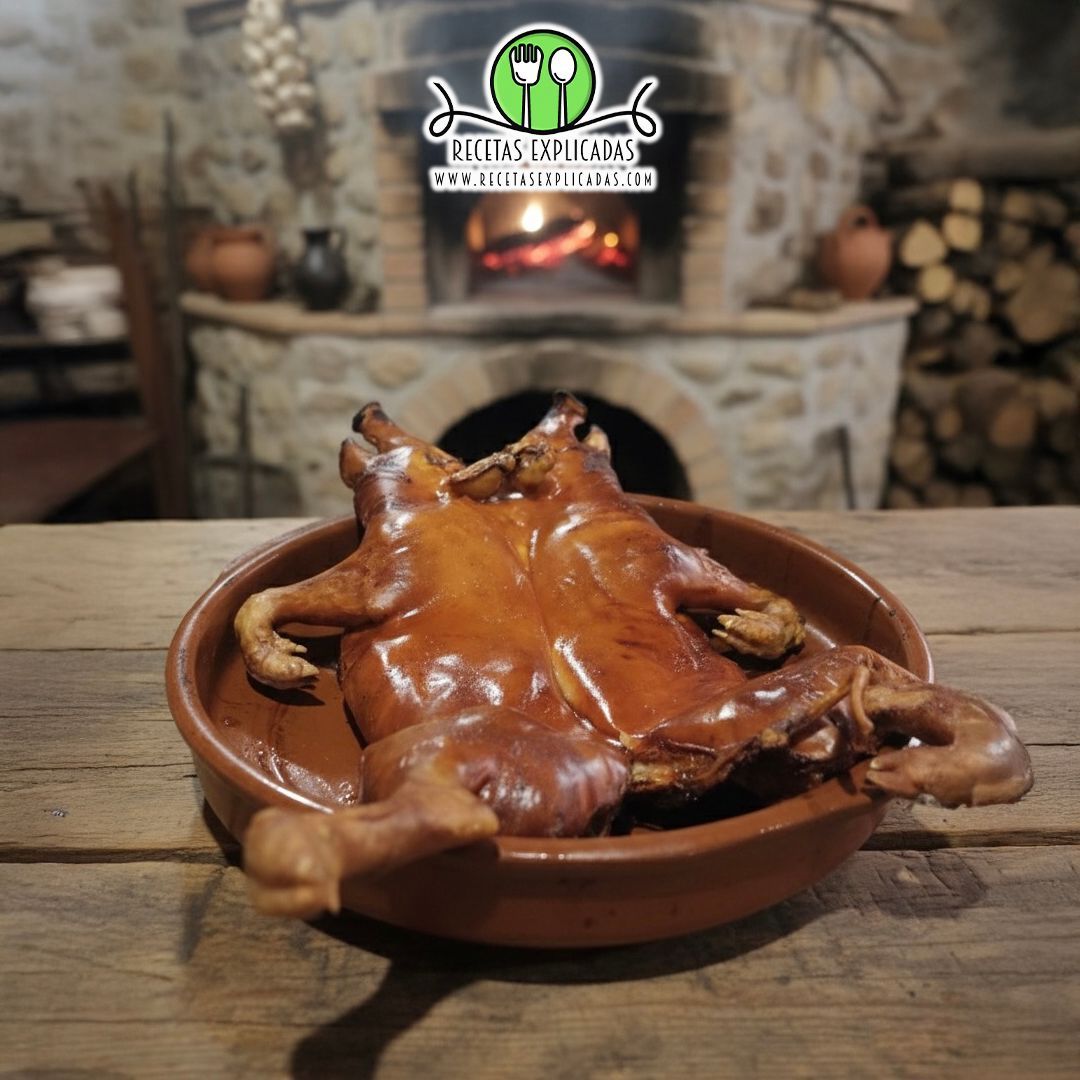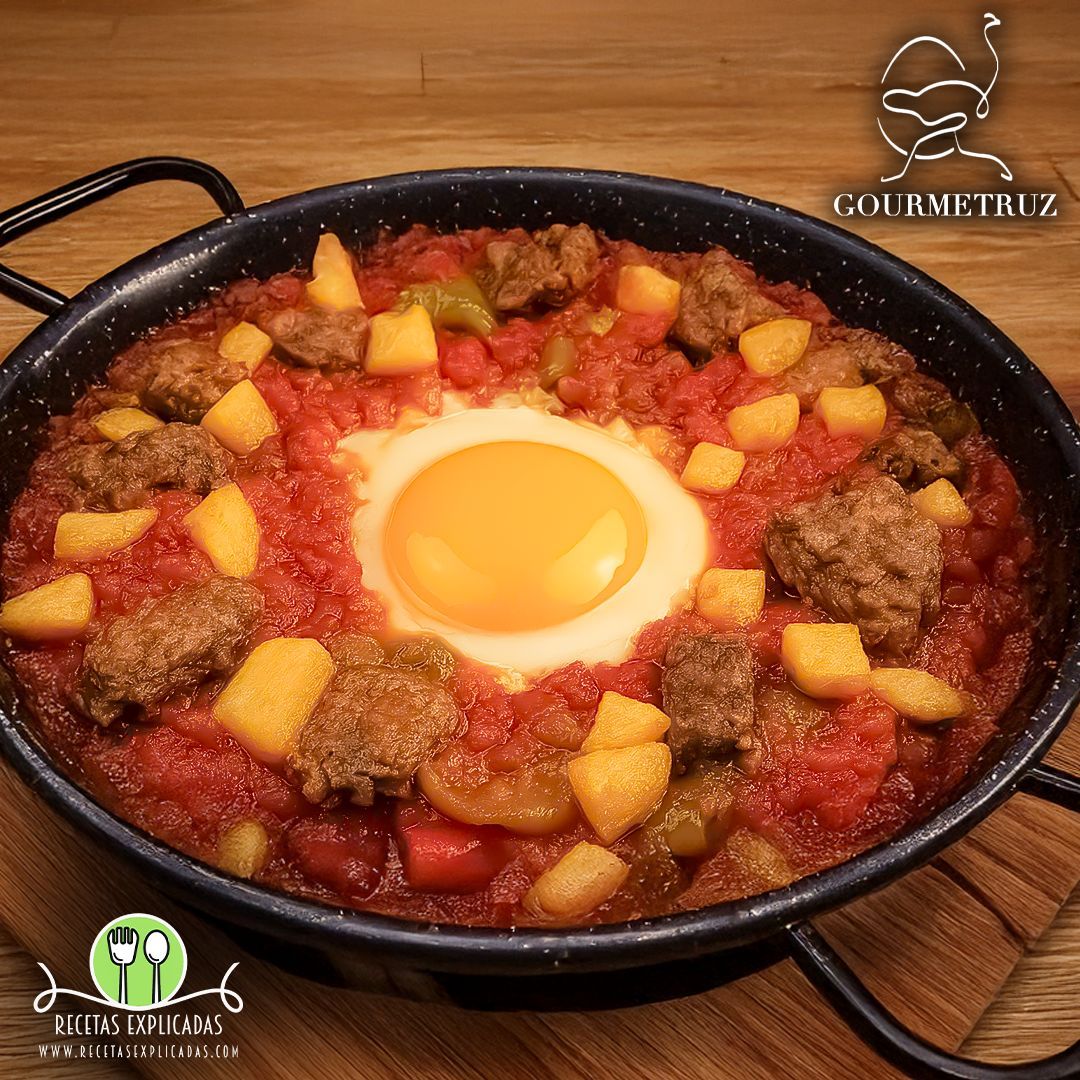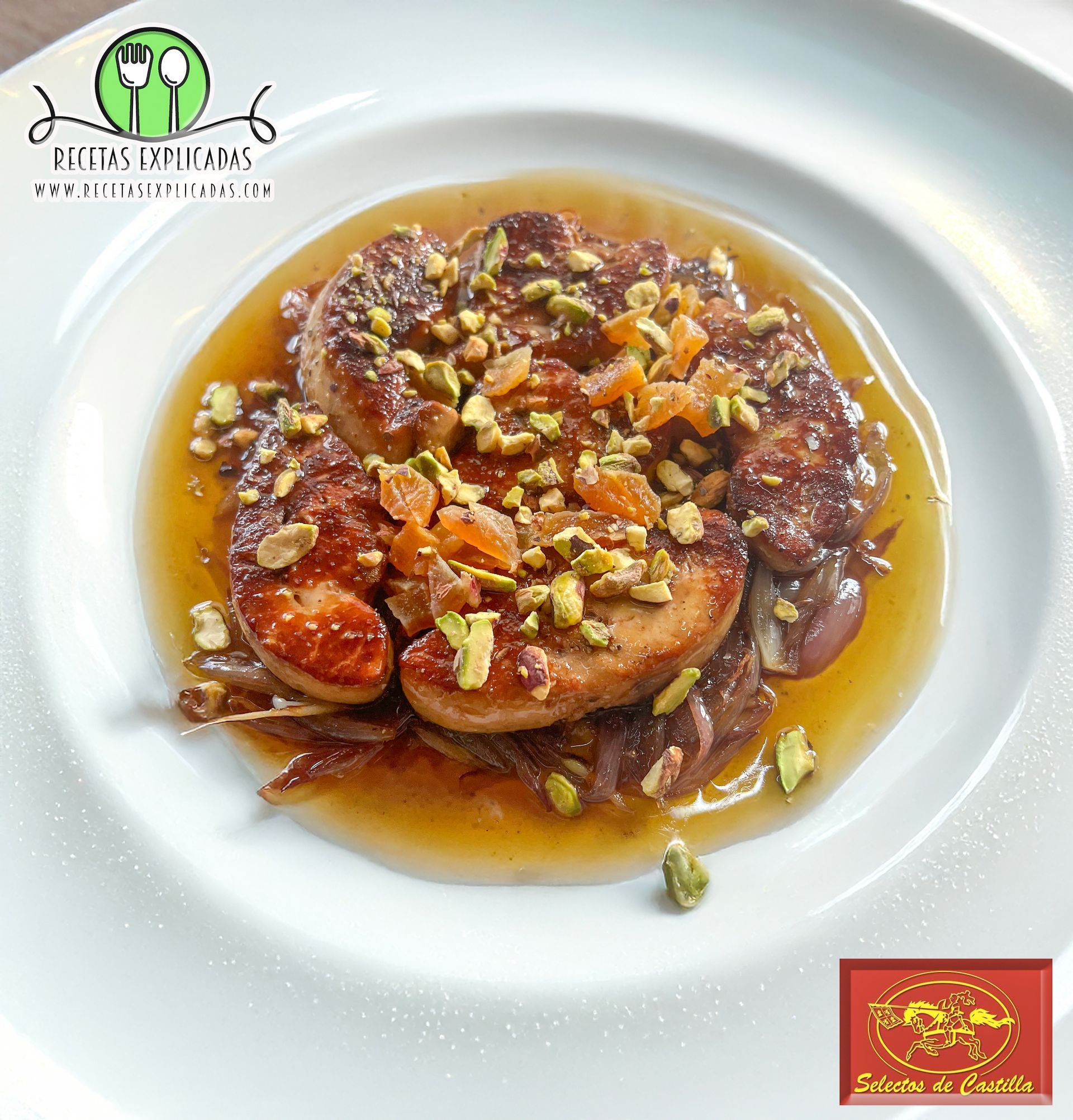The Tench: A Fascinating Freshwater Fish
The tench (Tinca tinca) is a species of freshwater fish that has captivated fishermen and nature lovers for centuries. Its presence in rivers and lakes in Europe and Western Asia has allowed it to become an essential element in the aquatic biodiversity of the region.
This fish is characterized by being mainly nocturnal and very cautious, which makes it a challenge for fishermen. Its diet is omnivorous, feeding on a variety of organic matter, such as algae, insects, crustaceans, and detritus. Its preference for environments with dense vegetation and submerged structures makes its presence essential to maintain an ecological balance in aquatic ecosystems.
The reproduction of
the tench
It occurs in spring and summer, when the water reaches optimal temperatures for laying eggs. During the breeding season, males compete with each other to conquer females, and pairs form in shallow areas with abundant vegetation. After laying, the eggs adhere to aquatic vegetation and hatch within a few days. The fry are very vulnerable and rely on hiding among plants to avoid predators.
In some parts of Europe,
the tench
It is considered a delicacy and is highly sought after for its distinctive flavor. It is cooked in different ways, such as roasted, grilled or baked, and is often combined with aromatic herbs and spices to enhance its flavor. The firm, white flesh of the
tench
makes it suitable for stews, soups or even pickled preparations. On other occasions, it can be found in haute cuisine dishes, where creative chefs incorporate it as a protagonist or accompaniment.
Despite its gastronomic importance, it is essential to take sustainability into account when fishing for tench. Given their vulnerable nature and population declines in some areas, it is crucial to adopt responsible fishing practices and establish conservation measures to ensure their long-term survival.
Furthermore, there is currently growing concern about the environmental impact of fishing and aquaculture in general. It is important to ensure that obtaining
tench
for gastronomic purposes is carried out in a sustainable manner, respecting the reproduction cycles and conserving the natural habitats in which this fish lives.
In conclusion,
the tench
It is a fascinating fish that has been a fundamental part of European aquatic ecosystems for centuries. Its role in nature and its appeal to fishermen make it an animal of great ecological and cultural importance. The conservation of its habitat is essential to ensure the survival of this species and maintain the biodiversity of our aquatic ecosystems. The tench has long been valued for its tasty and delicate meat, making it a prized fish in the gastronomy of various regions. Although its popularity may vary depending on culture and culinary tradition, it has been the subject of various preparations and recipes over the years.
Here is a simple recipe to make baked tench:
Ingredients:
- 1
tench
fresh clean and gutted
- 2 lemons
- 3 cloves of garlic, minced
- 1 sprig of chopped parsley
- 2 tablespoons of olive oil
- Salt and pepper to taste
- Foil
Instructions:
1. Preheat the oven to 180°C (350°F).
2. Wash the
tench
inside and out, making sure to remove the scales and guts. Dry it with kitchen paper.
3. Make cuts in the skin of the tench on both sides so that the flavors penetrate better.
4. Squeeze the juice from the lemons and mix with the olive oil, minced garlic, parsley, salt and pepper in a small bowl.
5. Place the
tench
on a baking sheet lined with aluminum foil. Pour the lemon and oil mixture over the tench, making sure it is evenly distributed on both sides.
6. Cover the
tench
with another layer of aluminum foil, forming a tightly closed package.
7. Bake the
tench
in the preheated oven for about 25-30 minutes or until cooked and tender.
8. Remove the foil packet and place the tench on a serving tray.
9. You can decorate with lemon slices and fresh parsley before serving.
Ready! Now you can enjoy a delicious
tench
Baked with a touch of lemon and garlic. Accompany it with salad or baked potatoes to complete the meal. Enjoy!
If you want to see more content like this on Facebook or Instagram, don't forget to enter
Author:





















